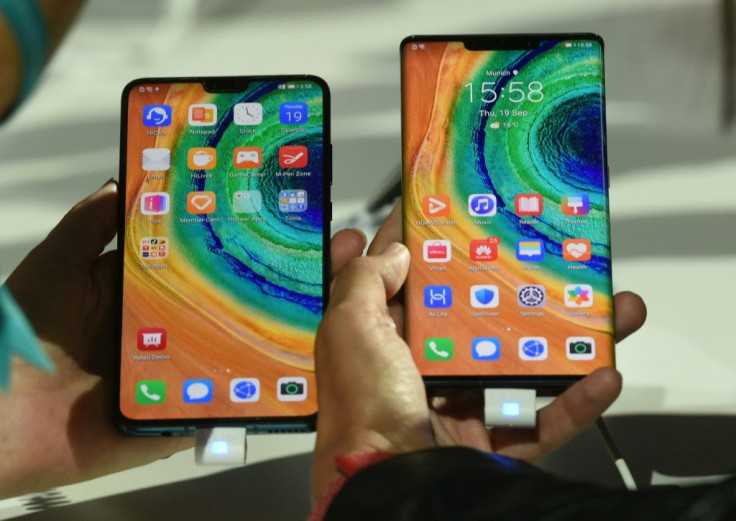Huawei Allows Owners To Fully Customize Mate 30 Through App Compatibility

Huawei’s latest Mate 30 release is still heavily affected by the Entity List ban. Even with its open source Android OS installed, it has zero access to the Google Play Store. While the company does not confirm the access, Huawei does give full control and permission to users to manually find a way to get those apps in them.
The workaround doesn’t come from simply installing an open sourced Android OS on the Mate 30 but with the device’s systems. Huawei confirmed that users can unlock the Mate 30’s bootlocker feature.
Previously, the company limited the use of this feature for the user’s security reasons. However, Huawei is now allowing the use of this feature to provide Mate 30 owners with more customization options for their device.
While Huawei cannot provide access to the built-in Google apps for its users, it has provided a way to force the Google apps or similar apps into the Mate 30. With the bootlocker unlocked, users can easily install Google Play apps and services through third-party means.
Additionally, the common user doesn’t know how to use the unlocked bootlocker. The feature requires users to know their way with apps and smartphone systems as adding third-party apps doesn’t always an easy installer. For now, users will have to note the Mate 30’s wider customization options with the Android OS.
As of now, Huawei is planning to sell 20 million units of the new Mate 30 device. The company has just lost access to the U.S. market which is known to be a large region for technology and smart gadget products. Even so, the company is working its way to keep some presence in the U.S. market such as its offers to sell its technology to Western companies and its attempts to keep its partnership with Google.
The new feature mostly shows that Huawei kept its promise to keep offering Google apps to its users in terms of technicality. The process to add Google apps is now more arduous on the future Huawei device. In the future, Huawei may have to use its own Harmony OS if the installation proves to be too much for most its users.
© Copyright IBTimes 2024. All rights reserved.




















